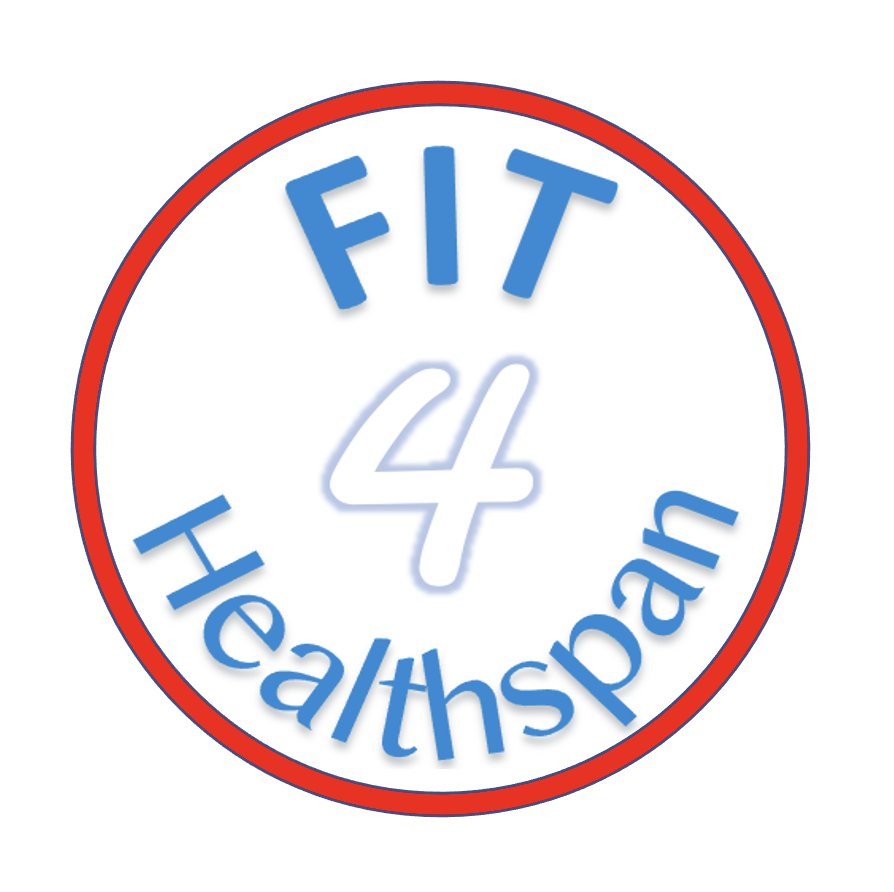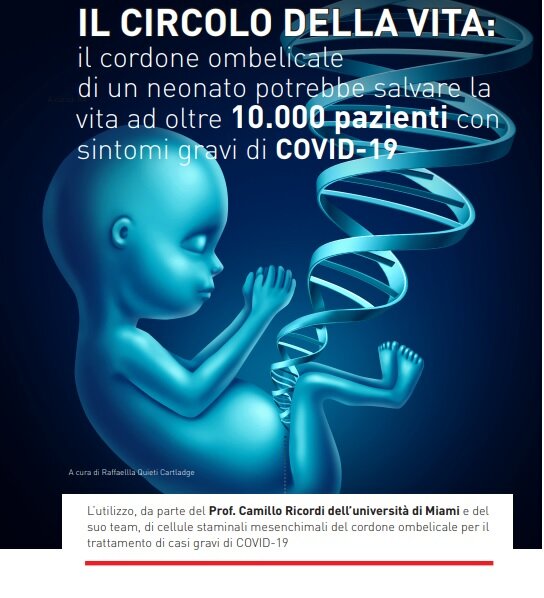
News
AFTER COVID-19, ANOTHER BLOW FROM VITAMIN D3: DIABETES
EClinicalMedicine. 2022 Sep 17;53:101654. doi: 10.1016/j.eclinm.2022.101654. eCollection 2022 Nov.
The study examined the associations between baseline vitamin D concentration (nmol/L) with prevalent diabetes status and incident diabetes/prediabetes collected at a 4-year follow-up.
Evaluating diabetes status 4 years later, there was a 62% increased likelihood of developing prediabetes for those with vitamin D <30 nmol/L compared to those with ≥75 nmol/L. The rate of progression from prediabetes to was 32.5%.
The findings support the hypothesis that poor vitamin D status contributes to the aetiology of diabetes and warrant consideration in the design of potential interventional studies which may ultimately influence clinical practice and/or public health policy.
Health and economic impact at the population level could be significant, in an ageing society with an increasing burden of diabetes prevalence and associated comorbidities.
SIRT500 Plus protective effect against neurodegeneration
(A5+ mixture is SIRT500 Plus)
Protective Role of Combined Polyphenols and Micronutrients against Influenza A Virus and SARS-CoV-2 Infection In Vitro
(A5+ mixture is SIRT500 Plus)
Polyphenols have been widely studied for their antiviral effect against respiratory virus infections. Among these, resveratrol (RV) has been demonstrated to inhibit influenza virus replication and more recently, it has been tested together with pterostilbene against severe acute respiratory syndrome coronavirus 2 (SARS-CoV-2) infection. In the present work, we evaluated the antiviral activity of polydatin, an RV precursor, and a mixture of polyphenols and other micronutrients, named A5+, against influenza virus and SARS-CoV-2 infections. To this end, we infected Vero E6 cells and analyzed the replication of both respiratory viruses in terms of viral proteins synthesis and viral titration. We demonstrated that A5+ showed a higher efficacy in inhibiting both influenza virus and SARS-CoV-2 infections compared to polydatin treatment alone. Indeed, post infection treatment significantly decreased viral proteins expression and viral release, probably by interfering with any step of virus replicative cycle. Intriguingly, A5+ treatment strongly reduced IL-6 cytokine production in influenza virus-infected cells, suggesting its potential anti-inflammatory properties during the infection. Overall, these results demonstrate the synergic and innovative antiviral efficacy of A5+ mixture, although further studies are needed to clarify the mechanisms underlying its inhibitory effect.
https://vitamindforall.org/letter.html
Over 200 Scientists & Doctors Call For Increased Vitamin D Use To Combat COVID-19
Prof. Ricordi @ Cerved - BILANCIO DI WELFARE DELLE FAMIGLIE ITALIANE 2022
Il Prof. Camillo Ricordi illustra le modalità di prevenzione per il miglioramento della sopravvivenza sana e i potenziali benefici economico-sociali legati alla corretta prevenzione delle malattie cronico-degenerative.
12/01/2022 (Audio: Italian)










